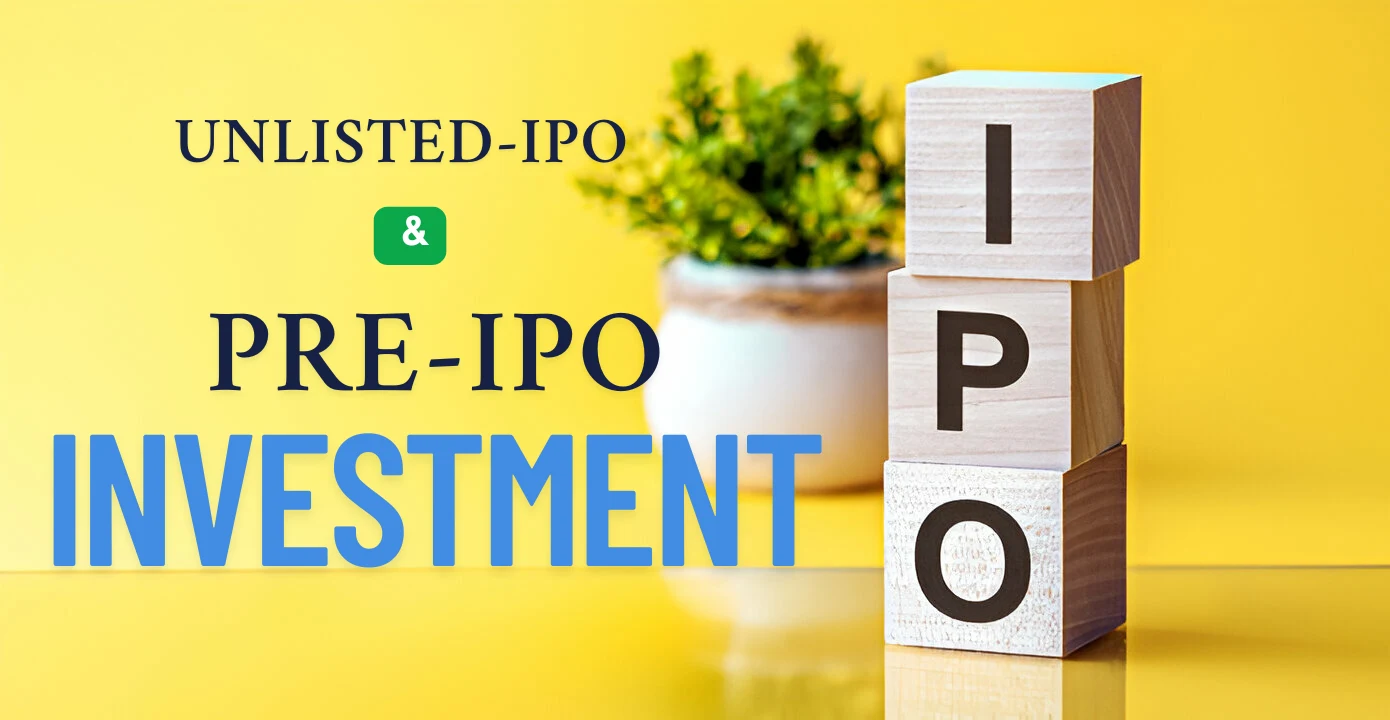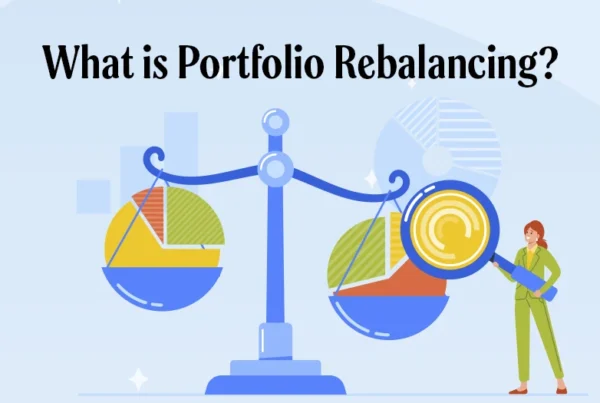
Pre-IPO investing offers a unique opportunity for us to participate in potentially high-growth companies before they become available to the general public. While the prospect of substantial returns makes this investment approach particularly attractive, it also comes with its own set of challenges.
One significant hurdle when dealing with pre-IPO shares is the limited liquidity. The market for these investments typically consists of long-term investors, creating a smaller pool of potential buyers when you decide to sell. Additionally, the barrier to entry is quite high—SEBI guidelines require a minimum investment of Rs.50 lakh for a Portfolio Management Service (PMS) and Rs.1 crore for Alternative Investment Funds (AIFs).
Despite these challenges, investing in a pre-IPO company can be a lucrative opportunity for those looking to diversify their portfolios. In this article, we’ll explore what pre-IPO investing entails, why it’s gaining popularity, different ways to invest, and whether the potential rewards justify the risks involved.
What is Pre-IPO Investing and Why is it Gaining Popularity?
Purchasing shares of a company before it lists on a stock exchange defines pre-IPO investing. Essentially, these are investments in unlisted companies or startups that show promising growth potential. Pre-IPO shares typically become available through two routes: private placements where companies issue new shares to select investors, or when existing shareholders sell their holdings through intermediaries.
Traditionally, pre-IPO opportunities were reserved for institutional investors, venture capitalists, private equity firms, and high-net-worth individuals. However, recent developments have democratized access, allowing retail investors to participate in this once-exclusive market. In fact, companies like JPMorgan recognized this trend, launching a team focused exclusively on trading pre-IPO stocks in autumn 2020.
The Growing popularity of pre-IPO investing stems from several compelling factors:
Potential for substantial returns: Pre-IPO shares are typically offered at discounted prices compared to their expected post-IPO value. For instance, Zomato generated remarkable wealth for early investors, achieving a 146% CAGR return in just one year.
Early access advantage: Investors gain entry into high-potential companies before public recognition. Consider tech giants like Google, Facebook, or Tesla – those who invested early reaped significant rewards.
Portfolio diversification: Pre-IPO investments generally have lower correlation with public market movements, providing a hedge against market volatility.
Furthermore, companies enter a critical “pre-IPO transformation stage” during this period, often restructuring operations, enhancing corporate governance, and developing effective growth strategies to attract potential investors. This phase typically lasts one to two years as management prepares for regulatory scrutiny.
Organizations like TATA Capital are already making strategic investments in high-potential pre-IPO businesses across various sectors, including renewable energy and fintech, showcasing the significant growth opportunities available.
Notably, pre-IPO investing involves commitment – investors who participate in pre-IPO rounds should plan to hold their shares for at least six months following the IPO date. This holding period not only allows investors to potentially benefit from the stock’s appreciation but also helps stabilize the stock price post-IPO.
Ways to Invest in Pre-IPO Shares
Access to pre-IPO investment opportunities has expanded significantly in recent years. Previously reserved for institutional investors and high-net-worth individuals, these investments are now accessible to retail investors through various channels.
Direct investment remains the most straightforward approach for accredited investors, who may receive invitations to participate in pre-IPO funding rounds. This option typically requires substantial capital and industry connections.
Pre-IPO platforms have democratized access for smaller investors. Services like Planify, Supremus Angel, and Lead Invest connect investors with private companies preparing for public listings. These platforms handle the entire process from documentation to share transfer, making investment more accessible than ever.
Portfolio Management Services (PMS) offer another avenue for pre-IPO investments. With a minimum investment requirement of Rs.50 lakh, PMS providers leverage their connections with unlisted companies to give investors access to pre-IPO opportunities. Importantly, non-discretionary PMS can invest up to 25% of capital into unlisted securities.
Alternative Investment Funds (AIFs) specifically target pre-IPO investments. Category II AIFs are well-suited for funds investing in unlisted companies, allowing up to 25% investment in a single company. Alternatively, Category III AIFs maintain investments beyond the IPO stage, suitable for investors seeking post-IPO liquidity.
Angel investing provides early access to startups through angel networks like Lead Angels. This approach requires significant capital and higher risk tolerance but offers potential for substantial returns.
Employee Stock Ownership Plans (ESOPs) give company employees ownership at low or no cost. Recent SEBI considerations include relaxing ESOP regulations for startup founders ahead of IPOs, potentially allowing founders classified as promoters to retain ESOP benefits granted one year before the IPO.
Secondary markets offer additional liquidity, allowing investors to purchase pre-IPO stocks from existing shareholders looking to sell, thereby creating exit opportunities before public listings.
Each investment route carries unique requirements, risk profiles, and potential returns – making pre-IPO investing increasingly accessible across investor segments.
Risks and Rewards of Pre-IPO Investing

Investing in companies before they go public represents a classic case of risk versus reward. The enticing returns come with significant challenges that we must carefully evaluate.
Pre-IPO shares often yield substantial profits when companies perform well after going public. For example, Zomato generated remarkable wealth for early investors, achieving a 146% CAGR in just one year. The primary attraction lies in obtaining shares at discounted prices compared to expected post-IPO values.
Nevertheless, liquidity remains the greatest challenge. Since pre-IPO shares aren’t listed on exchanges, selling them quickly can be difficult if you need cash. This illiquidity means your capital could be tied up indefinitely, especially if the company delays or cancels its IPO plans.
Valuation presents another significant hurdle. Even though pre-IPO stock prices might seem attractive, there’s always a risk that valuations are exaggerated. Private companies lack the same disclosure requirements as public ones, making thorough due diligence challenging.
Additionally, pre-IPO investments typically come with lock-in periods. SEBI regulations require a 6-month lock-in period from the date of listing. During this time, you cannot sell your shares even if prices fluctuate dramatically, potentially missing gains or being unable to cut losses.
Exit strategies require careful planning. When the stock goes public, you must decide whether to sell immediately or hold for the long term. Alternatives include selling to other private investors, though this might result in lower valuations.
Importantly, minimum investment amounts are substantial, with PMS requiring at least Rs.50 lakh and AIFs mandating Rs.1 crore. Consequently, pre-IPO investing suits those with significant capital and higher risk tolerance.
Ultimately, successful pre-IPO investing demands patience, thorough research, and understanding of the company’s business model, financials, and growth trajectory. Although the potential rewards are substantial, the risks are equally significant.
Conclusion
The world of pre-IPO investing certainly offers a compelling proposition for investors willing to venture beyond traditional market opportunities. Throughout this article, we’ve seen how these investments can deliver exceptional returns when executed thoughtfully. Nonetheless, they come with their fair share of challenges that demand careful consideration.
Pre-IPO investing remains an exclusive avenue primarily because of the substantial capital requirements and limited liquidity. Despite these barriers, various pathways have emerged, making this once-restricted domain more accessible to different investor segments. Platforms, PMS, AIFs, and secondary markets now provide alternatives for those without direct industry connections.
Success in this space depends on several factors. First and foremost, thorough research becomes essential since private companies don’t face the same disclosure requirements as public entities. Additionally, investors must possess patience to weather lock-in periods and potential IPO delays. Risk tolerance plays a crucial role as well, given the uncertain nature of pre-IPO valuations.
Considering these factors, pre-IPO investing might not suit everyone’s financial goals or risk appetite. Those with significant capital, long-term investment horizons, and higher risk tolerance stand to benefit most from these opportunities. For such investors, the potential rewards can indeed justify the risks involved.
Ultimately, pre-IPO investments should represent just one component of a well-diversified portfolio rather than the cornerstone of an investment strategy. While the allure of discovering the next unicorn remains strong, a balanced approach serves investors best. After all, unlisted investments complement rather than replace traditional market exposure, providing both growth potential and portfolio diversification benefits.




